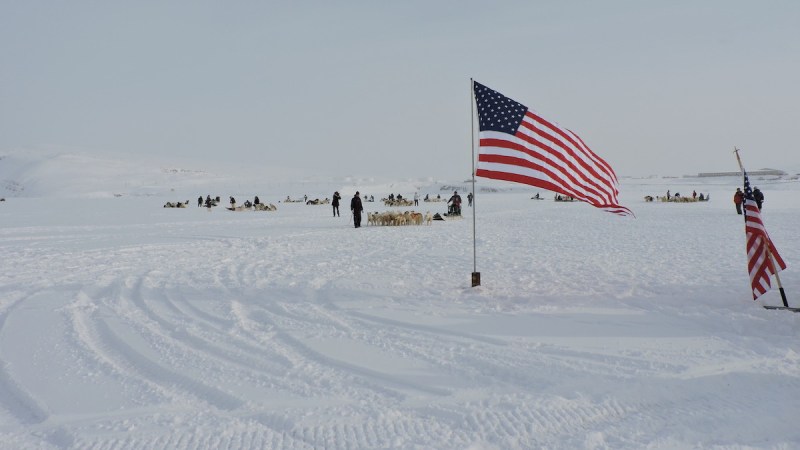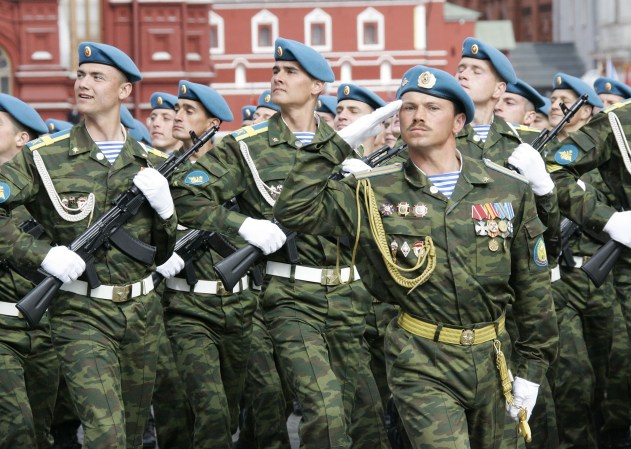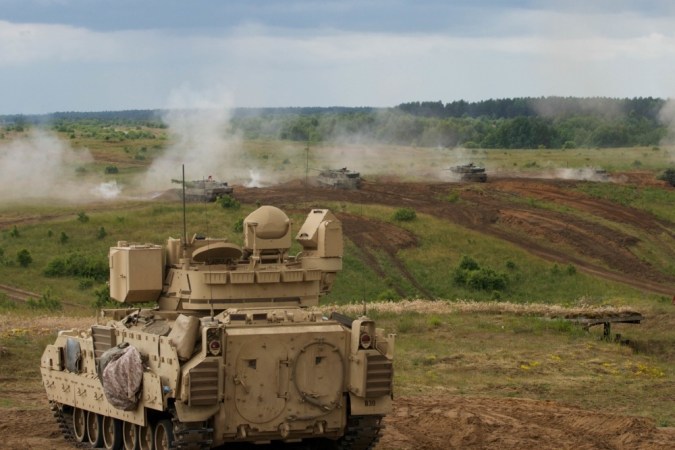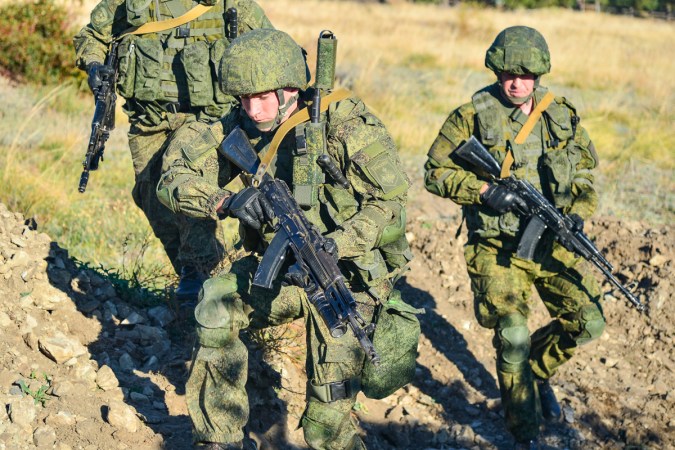The forced abdication of the Russian Tsar Nicolas II in 1917 sparked a civil war between the Bolshevik “Red” army fighting for Communism and various factions known as the “White” army, generally fighting against the Communists. In an effort to stop the Bolsheviks from taking control of the country, the World War I-era Allied forces invaded Russia near the end of the Great War.

For its part, America provided two contingents. The American North Russia Expeditionary Force was deployed to Arkhangelsk, while the second, called the American Expeditionary Force Siberia, was deployed to Vladivostok. The American North Russia Expeditionary force consisted of soldiers from the 85th Division’s 339th Infantry Regiment,consisting of about 5,000 Americans who were originally en route to France to fight on the Western Front. Due to the extreme climate in which they operated, they came to be known as the Polar Bears.

The 339th began arriving in Russia in September 1918, shortly before the armistice would end World War I. Upon their arrival it was discovered that the allied war materiel supposedly stored at Arkhangelsk had been moved away by the Bolsheviks. Instead, ‘Detroit’s Own’, as the 339th was often known, went on the offensive against Bolshevik forces along the Dvina River and Vologda Railroad. The Americans advanced quickly and for nearly six weeks drove the Red Army back. By late October, the American force was holding two fronts well over 100 miles apart which created great logistical difficulties. To make matters worse, the brutal Russian winter was beginning. In order to hold their gains, the Americans turned to the defensive and set in for the winter.

The Red Army, accustomed to the icy winters of Russia, had no intention of letting up and began a winter offensive against the Allied forces. Though the Americans fought viciously, they were pushed back along the Dvina. Furthermore, the hope that the presence of the Allies would assist in raising local anti-communist forces turned out to be unfounded so the force began to find itself with little support.

When the war ended in Europe on November 11 of that year, the soldiers in Russia began to question why they were still fighting. As the winter went on, their willingness to fight deteriorated. The New York Times ran a scathing review of the expedition in February 1919. Combined with rumors of mutiny, this led to President Woodrow Wilson to order the unit’s withdrawal. On April 17, 1919 Brig. Gen. Wilds P. Richardson arrived in Arkhangelsk with orders to withdraw the Polar Bear Expedition. They were gone by June.
During their time in Russia, the Polar Bears suffered over 500 casualties. Due to the nature of warfare at the time, over 100 bodies were not recovered. A significant effort by veterans of the 339th led to the repatriation of nearly all lost or buried in Russia in the coming decades.

Although the campaign did not meet its stated goals, it’s an interesting bit of history considering the United States and Russia would spend much of the 20th Century facing off against one another in the Cold War.










